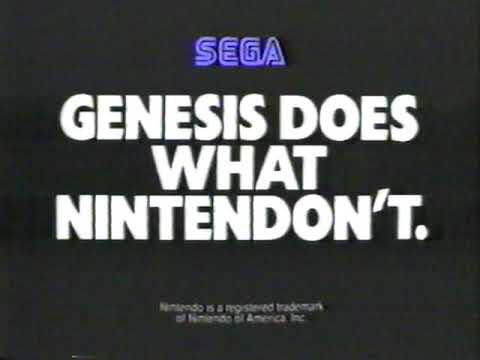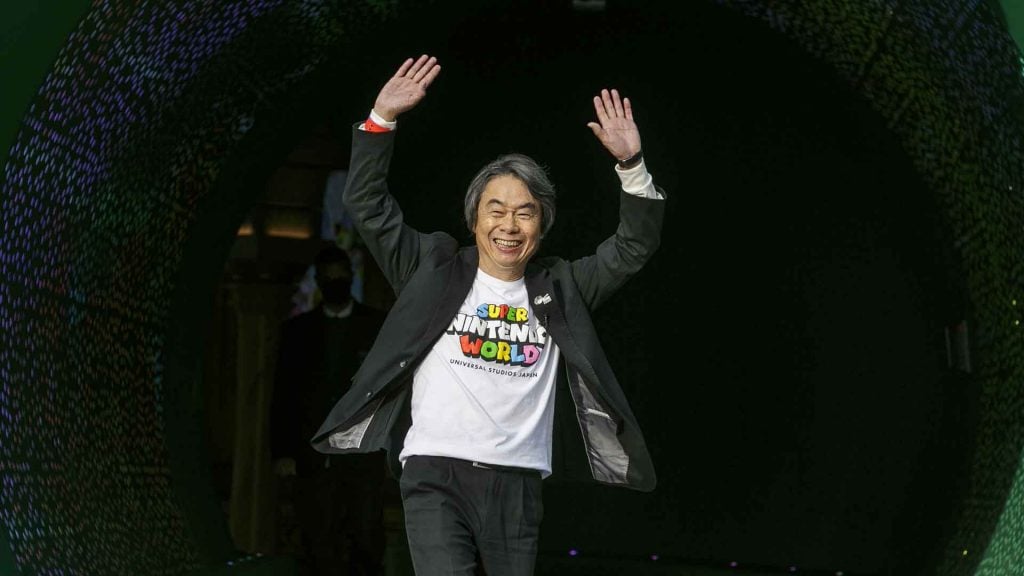In a newly published interview with Famitsu magazine, Miyamoto was asked various questions about what he hopes the Nintendo Museum will accomplish for its visitors. While his overall philosophy is that the museum helps explain what Nintendo is and aims to continue being, he offered a rather deep explanation about why Nintendo chose to build its museum in Kyoto, specifically.
I won’t recap the entire answer, as the interview is well worth reading, but one tidbit stands out (translation provided by Google Translate).
“If we want to preserve all of Nintendo’s past assets and have people understand what Nintendo is through them, then we need not only employees but also people who know Nintendo from three generations now, including parents and children, to preserve all of Nintendo’s past assets. I hope they can see it and understand Nintendo better. I hope that people will understand that, and that Nintendo will not be drawn into what is known as a ‘gaming war’ over high specs and how to improve the performance of game consoles.”
Now, clearly, he is referring to what is colloquially known as the “console wars” online, though the Japanese word for that translates to “gaming.” Even with that contextual difference, Miyamoto’s answer speaks volumes. Nintendo isn’t completely oblivious to what is happening with its competitors, but it understands that following the same path will only lead to market oversaturation. It would also rob Nintendo of what makes it unique as a company.

Miyamoto elaborated further on this stance later in the interview. When asked about how the museum could help detail Nintendo’s long-term strategy, Miyamoto said:
“Up until now, we have been told various things by analysts and others, such as ‘Why aren’t we working on networks?’ ‘What about mobile?’ ‘Why aren’t we using cutting-edge chips?’ However, if you look at the exhibit calmly, you will see that they are doing a good job. I think you can see that Nintendo has a history of realizing that now is not the time to sell and commercializing products when the most appropriate time is right.”
Some of that answer is definitely Miyamoto putting a positive spin on Nintendo’s occasionally outdated ideas, but he has a point. In rushing to have the newest technology possible, you run the risk of totally missing the mark or diverging from what the market actually wants. Nintendo learned that lesson the hard way with the Virtual Boy back in 1995. Hoping to capitalize on the mid-’90s craze for “VR,” Nintendo released a device that was a complete failure on nearly every level and was something nobody wanted.


